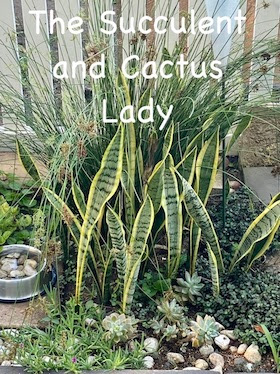On my way to town one morning, I spotted these glorious flowers cglowing in the sunlight, so I stopped to take a picture. It was only then that I noticed the large Euphorbia hiding in the shade. At first glance it looked like the Euphorbia had these lovely flowers, but when I got closer, I noticed that the flowers belonged to the tree behind the Euphorbia, an Ant Tree (Triplaris americana), an alien invasive from, yeah, you guessed it, Central and South America. (You can read more about this tree HERE.
Afrikaans : Naboom
Native to South Africa, this tree prefers warm areas and can survive in areas that go through long periods of drought or are generally very dry. It usually grows on rocky outcrops or in deep sand within bush-veld vegetation. Distributed throughout KwaZulu-Natal, Swaziland, Limpopo Province, Gauteng, North-West Province, Mozambique, Zimbabwe and further into tropical Africa. If you are looking for a low maintenance addition to a rock or succulent garden, this large cactus-like tree is ideal. It can grow up to 40 feet (12m) tall,
The flowers attract butterflies, bees and other insects, which collect pollen and nectar from them, pollinating the trees in the process. The seeds are a good source of food for many fruit and berry eating birds. Birds also like nesting in these trees; hole-nesting birds such as woodpeckers often use dead sections.
It is important to mention that Euphorbia ingens is a poisonous plant. If ingested, the latex can pose certain health threats. It can cause skin irritation and even blindness on contact. Since it is considered to be toxic, a lot of people avoid planting them in areas accessible to children and pets.
There is a bright side to the toxic nature of this plant – the poisonous latex makes sure that pests bring no damage to the plants.






No comments:
Post a Comment